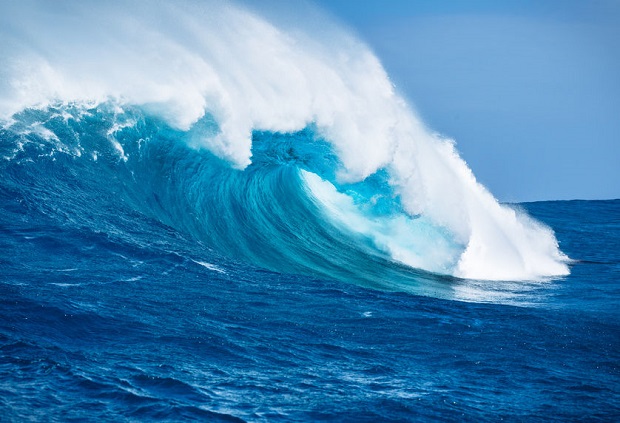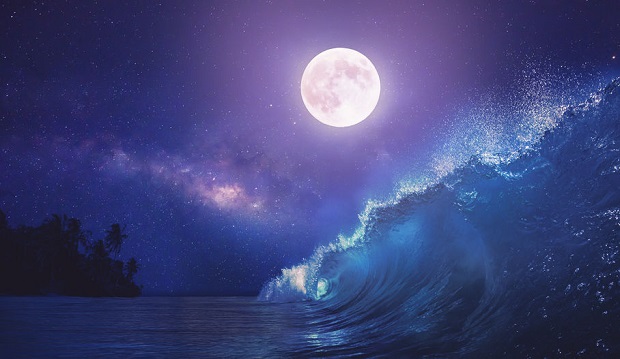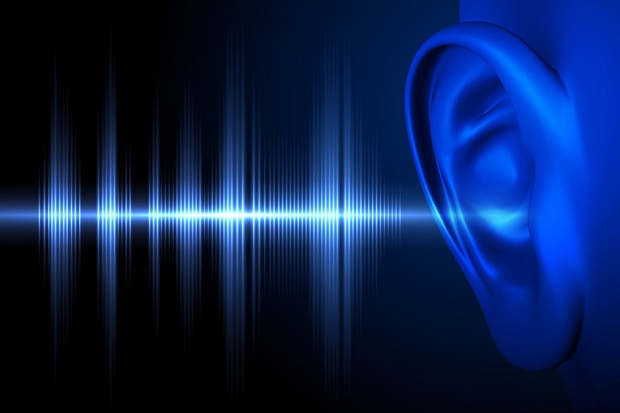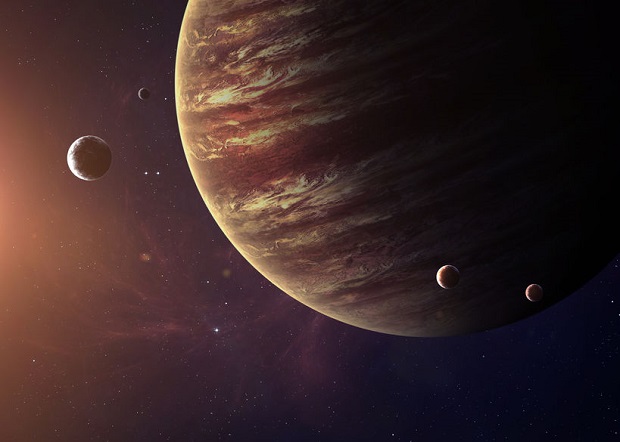
Why Does the Ocean Have Waves?
The oceans are a vast network of swirling water and energy. The fluid nature of the ocean forces it into a state of constant unrest, and waves are a side effect of all that pent-up energy. Large currents form as a reaction to the disparity in salinity and temperature through the depths of the sea, and it takes nearly 1000 years for the global current system to make a full journey around the world.
Physics & The Ocean

It is important to remember a few basic rules of physics when trying to understand waves and the properties of large volumes of water. First, energy can not be created or destroyed. It can only be moved from one place to another through a physical medium of some sort, whether it be light, heat, or some other carrier. The second rule to remember is that any action is going to elicit an equal and opposite reaction. The second rule helps determine how the ocean receives the energy it holds. You may have heard of these rules before. The former is the First Law of Thermodynamics, and the second is Newton’s Third Law of Motion.
Transferring Energy, Not Water
Many automatically assume that ocean waves are carrying water from one place to another, but that is not the case. In fact, when a wave passes through water, there is generally very little horizontal motion. You might imagine it better by picturing a wave in your mind, but instead of following the motion of the wave, choose a single point on the water’s surface and watch that point. You’ll notice the water moves up and down as it reacts to the wave, but it doesn’t flow forward with the wave itself. That’s because waves are not made of water. They simply use water as a medium for transferring kinetic energy.
How Do Waves Form?
Waves form as a reaction to the introduction of energy into the ocean. This can happen in many ways, but the primary sources of energy are wind, physical disturbances under the water, gravity from the moon and sun, and heat from sunlight that induces currents. Each of these supplies the ocean with energy slightly differently, but the results are the same. Wind, for example, generally creates ‘surface waves’ since they transfer energy to the ocean’s surface where the wind and water meet. Earthquakes and other sources of vibration from the floor of the sea can cause waves as well, but these usually carry quite a bit of energy. You may know them as tsunamis. Gravity also creates waves through tidal forces, which are noticeable on beaches as the tides change throughout the day.
Waves Are Everywhere
Waves are a natural reaction to an influx of energy into a system with a fluid medium. Water isn’t the only medium that can support waves, either. Most people automatically think of the ocean when they hear the word ‘wave,’ but it applies to many other phenomena. For instance, sound waves travel through the very air in the atmosphere. They aren’t visible to the naked eye like ocean waves but follow the same physical rules. The same is true for light and all other electromagnetic spectrum frequencies. Waves are all around you at all times, whether you’re in the ocean or not.
Resources
- National Oceanic and Atmospheric Administration – “Why Does the Ocean Have Waves?”
- Smithsonian – Ocean Portal Find Your Blue – “Currents, Waves, and Tides“
- Coastal Carolina University – “The Dynamic Theory of Tides“
- NASA Glenn Research Center – “What Is Thermodynamics?“








